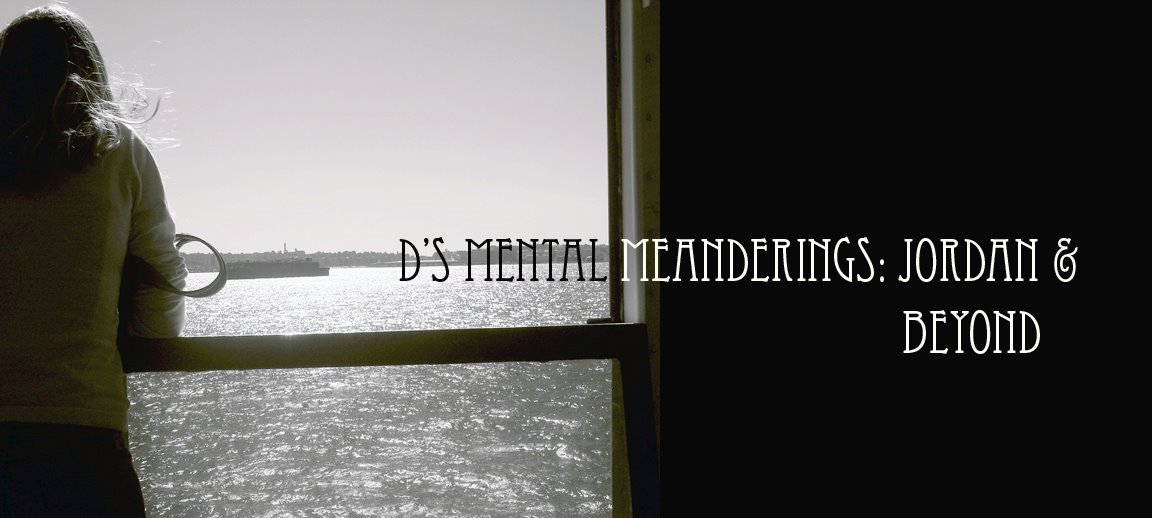July 26, 2008
http://www.nytimes.com/2008/07/26/arts/design/26ruin.html?_r=1&hp&oref=slogin
By ELISABETTA POVOLEDO
POMPEII, Italy — Citing threats to public security and to the site itself, the Italian government has for the first time declared a yearlong state of emergency for the ancient city of Pompeii.
Nearly 2,000 years after Mount Vesuvius buried Pompeii under pumice and steaming volcanic ash, some 2.6 million tourists tramp annually through this archaeological site, which is on Unesco’s World Heritage list.
Frescoes in the ancient Roman city, one of Italy’s most popular attractions, fade under the blistering sun or are chipped at by souvenir hunters. Mosaics endure the brunt of tens of thousands of shuffling thongs and sneakers. Teetering columns and walls are propped up by wooden and steel scaffolding. Rusty padlocks deny access to recently restored houses, and custodians seem to be few and far between.
This month the government drafted a retired lawman, Renato Profili, the former prefect of Naples, to map out a strategy to combat neglect and degradation at the site. Mr. Profili has been given special powers for one year so he can bypass the Italian bureaucracy and speedily bolster security and stop the disintegration.
The hope is that many houses and villas now closed to the public and exposed to looting and vandalism will soon be opened and protected.
“Pompeii is a calling card of Italy for foreigners, and it’s important that their impression be positive,” said Italy’s culture minister, Sandro Bondi. He directed Mr. Profili to crack down on “blatant abuses” like unlicensed tour guides and the souvenir vendors who aggressively approach tourists.
Mr. Bondi also said that Mr. Profili would explore “new forms of innovative management” in which private sponsors might be recruited to finance improvements.
Government red tape is blamed for some of the inefficiencies at Pompeii. “If I have to fix a broken wall,” said Pietro Giovanni Guzzo, the superintendent of the ruins, “I first have to put out a tender for an architect to evaluate the damage.
“Then I have to put out a tender for a company to fix the wall. Then I have to see if I have enough money in my budget to pay for the repair, and then finally the work begins.
“If he can bypass all that, it would be very positive.”
“Is there an emergency? I don’t know, I’ve always been very clear about the problems at Pompeii,” Mr. Guzzo added. “The situation here is so immense that ordinary means haven’t been able to control it.”
The 109-acre ruins, about an eighth the size of Central Park (50 more acres or so are underground), are severely understaffed. Workers are prone to wildcat strikes that can leave visitors standing outside locked gates. Local criminal organizations must constantly be kept at bay when bids are solicited for maintenance work or for operating public concessions at the site.
Still, Mr. Guzzo said he had made some progress since he assumed his post in 1995. Visitors now have access to 35 percent of the ruins, compared with 14 percent when he first arrived. He admitted, however, that this improvement was “a drop in the bucket.”
Some experts say Mr. Profili will not have an easy time of it. “I truly hope that he’s able to do everything he wants to, but at Pompeii no one wants to change anything,” said Luigi Crimaco, an archaeologist.
Mr. Crimaco should know. For about two and a half years ending in 2006, he was part of a three-man team responsible for managing Pompeii. He said he had often been hamstrung by restrictive laws leaving him little leeway to address problems.
“The preservation of cultural heritage means ensuring that they survive forever,” Mr. Crimaco said. “To protect Pompeii, it’s necessary to invest and bring in people and outside capital able to inject vitality into the ancient city.”
Ticket-sale proceeds and financing from the European Union and local governments have not met Pompeii’s bottomless financial needs. “Modern cities are constantly plagued by unforeseen expenses,” said Giuseppe Proietti, the culture ministry’s secretary general. “Just put that in the context of an enormous ancient site exposed to the elements.”
That chronic shortfall has brought suggestions that investors should operate Pompeii. The ruins should “be put in a condition where people can best appreciate their beauty, because that’s money to the area,” said Antonio Irlando, an architect and the president of a local conservation group that meticulously monitors Pompeii’s cracking walls, falling stones, abandoned work sites and flaking intonaco, the thin layer of plaster on which a fresco is painted. “This is an area with high unemployment and that shouldn’t be the case, because it has an immense patrimony.”
Claudio Velardi, culture and tourism chief for the Campania region, which includes Pompeii, has suggested an “American style” sponsorship of the site, in which a business would reap image benefits if not a tangible financial return.
But around the globe there is always considerable unease with the notion of the privatization of cultural heritage. “Pompeii is a government responsibility; it’s a World Heritage site, and they don’t want it to become too much of a Disneyland,” said Steven J. R. Ellis of the University of Cincinnati, a director of a research project at Porta Stabia, one of Pompeii’s ancient gates.
“The concern is that private investment will swing interests into making money at Pompeii rather than its cultural upkeep and the assurance that funds are given over to conservation,” Dr. Ellis said.
Despite the deterioration and the bad publicity, the ruins still inspire awe.
“It’s wonderful,” said Maria Nappi, a tourist from Connecticut who was visiting with her family. She said the site gave her a “wonderful sense of life back then, and their art and love of beauty.”
As for the crumbling state of the ruins, she said it “was just Mother Nature taking over,” adding, “It doesn’t matter if it’s here, or France, or the United States.”
Institutional Giving Director
1 week ago



No comments:
Post a Comment